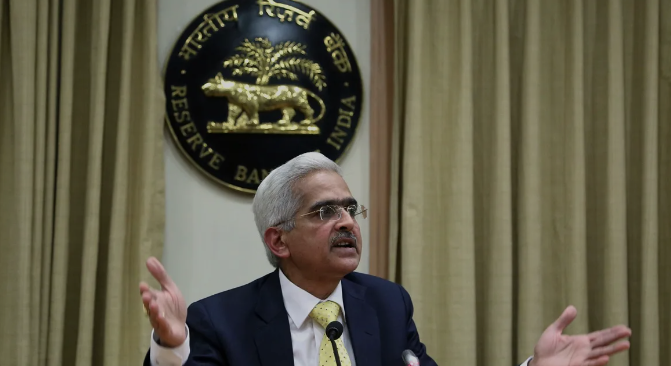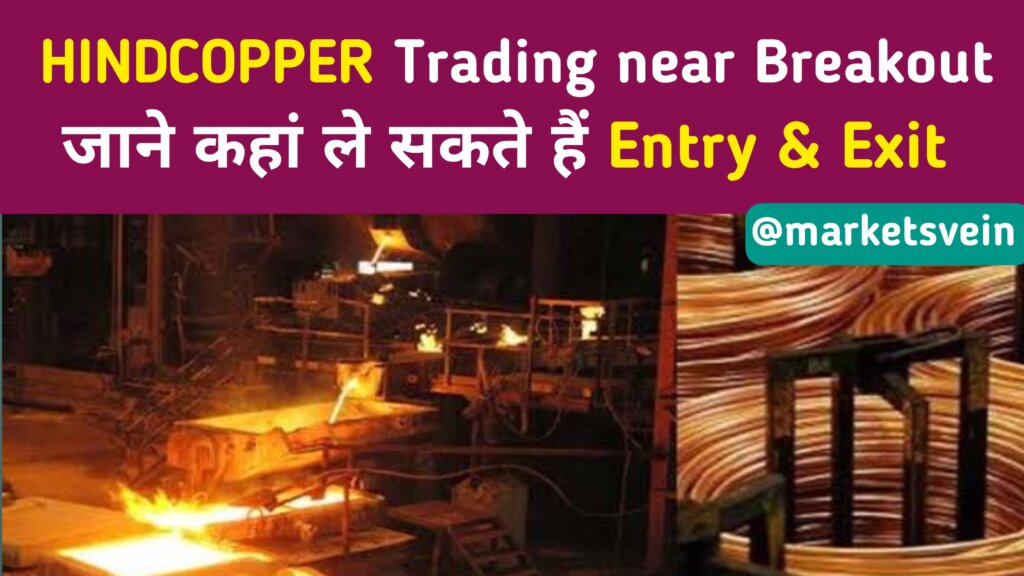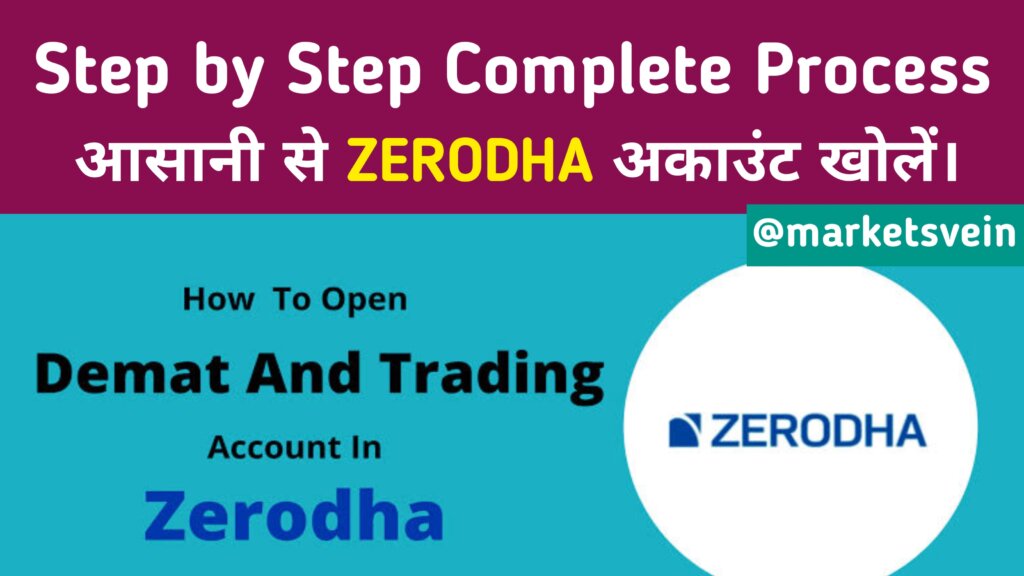

Inflation vs. Growth: The RBI’s Balancing Act in Challenging Times
Inflation in India has been a major concern in recent years. The Reserve Bank of India (RBI) has been working to bring inflation down to its target of 4%. However, recent food price shocks and geopolitical concerns have posed challenges to this goal.
RBI Governor Shaktikanta Das has said that the central bank will remain vigilant in its efforts to bring down inflation. He has also emphasized the importance of stable and low inflation for sustainable economic growth.
The RBI’s commitment to price stability is commendable. Stable inflation is essential for economic growth, as it encourages businesses to invest and consumers to spend. However, the RBI must also be mindful of the need to support economic growth, especially in the current challenging global environment.
The RBI can strike a balance between its inflation and growth objectives by using a combination of monetary and fiscal policy tools. Monetary policy tools, such as interest rate adjustments, can be used to influence inflation. Fiscal policy tools, such as government spending and taxation, can be used to stimulate economic growth.
The RBI has already taken some steps to support economic growth, such as reducing interest rates. However, it may need to do more if the global economic slowdown worsens.
In conclusion, the RBI faces a difficult challenge in balancing its inflation and growth objectives. However, the central bank’s commitment to price stability is essential for sustainable economic growth. The RBI can strike a balance between its objectives by using a combination of monetary and fiscal policy tools.
Some related Questions and Answers from this Article :-
1. Question: What are the main challenges the RBI faces in achieving its inflation target of 4%?
Answer: Recent food price shocks, geopolitical concerns, and a potentially worsening global economic slowdown.
2. Question: Why is stable and low inflation important for sustainable economic growth?
Answer: It encourages businesses to invest and consumers to spend, leading to long-term economic stability.
3. Question: How can the RBI balance its inflation and growth objectives?
Answer: By using a combination of monetary policy tools (interest rate adjustments) and fiscal policy tools (government spending and taxation).
4. Question: What steps has the RBI already taken to support economic growth?
Answer: Reduced interest rates.
5. Question: What additional measures might the RBI need to take if the global economic slowdown worsens?
Answer: The article doesn’t specify, but possibilities could include further interest rate cuts, increased government spending, or targeted tax breaks.
Join our Telegram Channel
📲 Click on the link below to join:
🚀 Stay updated with the latest market trends and insights. 📈📊
Stay tuned for more updates – MARKETSVEIN
In Hindi –
हाल के वर्षों में भारत में मुद्रास्फीति एक प्रमुख चिंता रही है। भारतीय रिज़र्व बैंक (RBI) मुद्रास्फीति को अपने 4% के लक्ष्य तक लाने के लिए काम कर रहा है। हालांकि, हाल ही में खाद्य पदार्थों की कीमतों में उछाल और भू-राजनीतिक चिंताओं ने इस लक्ष्य को हासिल करना चुनौतीपूर्ण बना दिया है।
RBI के गवर्नर शक्तिकांत दास ने कहा है कि केंद्रीय बैंक मुद्रास्फीति को कम करने के अपने प्रयासों में सतर्क रहेगा। उन्होंने स्थायी और कम मुद्रास्फीति को टिकाऊ आर्थिक विकास के लिए महत्वपूर्ण बताया है।
मूल्य स्थिरता के लिए RBI की प्रतिबद्धता सराहनीय है। स्थायी मुद्रास्फीति आर्थिक विकास के लिए आवश्यक है, क्योंकि यह व्यवसायों को निवेश करने और उपभोक्ताओं को खर्च करने के लिए प्रोत्साहित करती है। हालांकि, RBI को वर्तमान चुनौतीपूर्ण वैश्विक परिदृश्य में विशेष रूप से आर्थिक विकास को समर्थन देने की आवश्यकता को भी ध्यान में रखना चाहिए।
RBI मौद्रिक और राजकोषीय नीतिगत उपकरणों के संयोजन का उपयोग करके अपने मुद्रास्फीति और विकास उद्देश्यों के बीच संतुलन बना सकता है। मौद्रिक नीति उपकरणों, जैसे ब्याज दर समायोजन, का उपयोग मुद्रास्फीति को प्रभावित करने के लिए किया जा सकता है। राजकोषीय नीति उपकरणों, जैसे सरकारी खर्च और कराधान, का उपयोग आर्थिक विकास को प्रोत्साहित करने के लिए किया जा सकता है।
RBI पहले ही आर्थिक विकास का समर्थन करने के लिए कुछ कदम उठा चुका है, जैसे ब्याज दरों में कटौती करना। हालांकि, यदि वैश्विक आर्थिक मंदी बिगड़ती है तो उसे और अधिक कदम उठाने की आवश्यकता हो सकती है।
निष्कर्ष रूप में, RBI को अपने मुद्रास्फीति और विकास उद्देश्यों के बीच संतुलन बनाते हुए एक कठिन चुनौती का सामना करना पड़ता है। हालांकि, केंद्रीय बैंक की मूल्य स्थिरता की प्रतिबद्धता टिकाऊ आर्थिक विकास के लिए आवश्यक है। RBI मौद्रिक और राजकोषीय नीतिगत उपकरणों के संयोजन का उपयोग करके अपने उद्देश्यों के बीच संतुलन बना सकता है।









